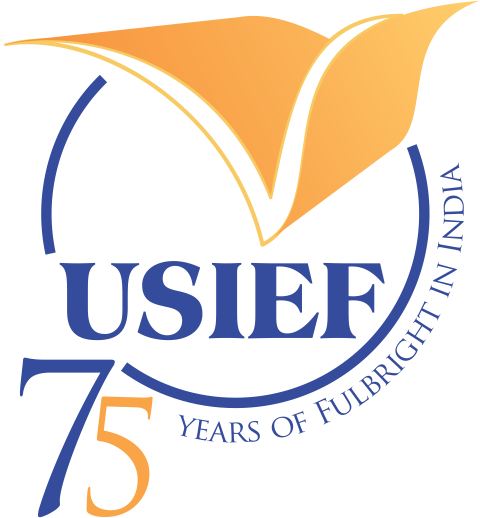Briana Brightly is a PhD candidate in the Committee on the Study of Religion at Harvard University. Her research centers on the intersection of religion, art, and science in South Asia. Briana’s dissertation, “The Buddhist Craftsman: Making Images during the Golden Age of Tibetan Medicine, 1600–1800”, investigates how physicians and artists used the tools and techniques of Buddhist image-making to advance medical knowledge in early-modern Tibet. In probing the production of images, rather than their consumption, Briana hopes to open up new possibilities for how scholars imagine the “sacred” in relation to the “scientific” within the context of visual culture.
Briana’s Fulbright-Nehru project is investigating the creation of anatomical illustrations in 17th-century Tibet. In order to visualize the human body, Tibetan artists not only observed dissected corpses but also followed a highly codified system of measurement which formed the basis of religious paintings during this period. How did they reconcile these two points of view? And what can their creative process tell us about the relationship between religion, art, and medicine in early-modern Tibet? These are some of the questions that Briana is addressing at the Men-Tsee-Khang Tibetan Medical & Astrological Institute in Dharamshala, her primary site of research.

